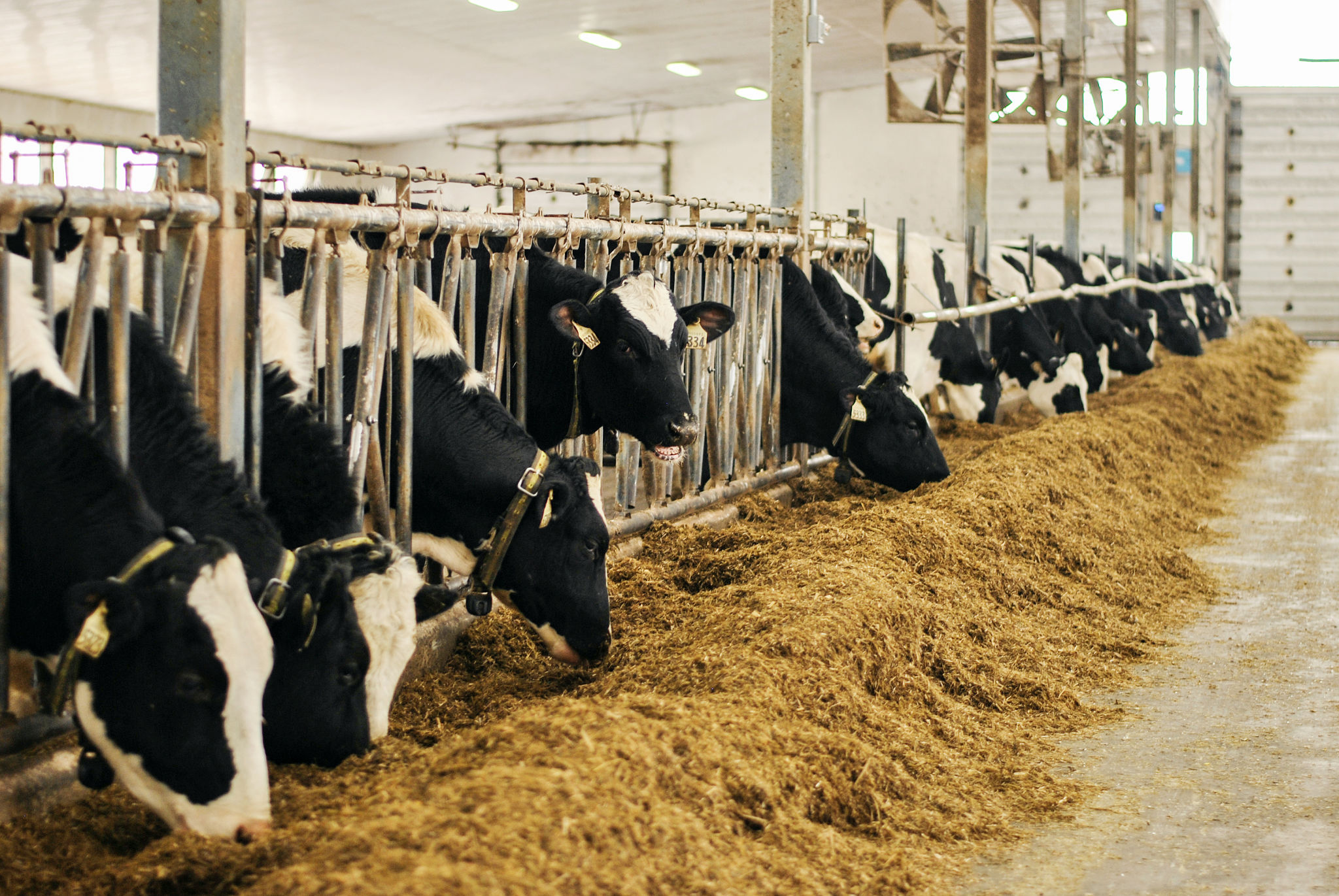From Barley to Brewery Waste: Rethinking Animal Feed in Ireland
Introduction
Ask any farmer what's keeping them up at night, and you’ll probably get a similiar answer, feed costs. It's the thing that quietly gnaws at margins, changes calving plans, and decides whether you go for another load this month or try and stretch what you’ve got.
The days of reasonably priced, reliable feed are behind us may be behind us. In the last few years, we've seen prices yo-yo like never before. In 2024 alone, feed prices jumped by over 15% across the board, partly due to transport costs, partly to inflation, and a lot to do with our reliance on imported protein. It’s no wonder people are questioning how long this model can last.
But here’s where it gets interesting. Instead of just tightening belts, people are thinking bigger. What if we didn’t have to depend on soy from halfway across the world? What if we could feed animals using materials we already produce, locally, cheaply, and sustainably?

What’s Wrong With Soy?
Soy’s been the go-to for decades, especially for pig and poultry units. It’s reliable, protein-rich, and fairly consistent. But it’s not without baggage. Ireland imports tens of thousands of tonnes of soy each year, most of it from Brazil and Argentina. That’s a long way for a feedstuff to travel, and the environmental cost is steep. Over 20 million hectares of South American forests have been cleared for soy production in the last three decades. And with the EU now tightening rules around deforestation-linked imports, the price of “clean” soy is only going one way—up.
It’s not just about emissions either. Every time a cargo ship is delayed or tariffs change, Irish farmers get hit. This isn’t just an environmental issue, it’s a food security one.

Brewery Waste: From Pints to Protein
Now, here’s something that could only happen in Ireland. Down in Cork, researchers at UCC have been turning brewery waste, specifically, the leftover liquid from brewing, into animal feed.
They’re using microbial fermentation to convert this nutrient-rich by-product into high-protein biomass suitable for cattle, pigs, and poultry. Early trials show that the protein levels are comparable to soy, but with a much smaller carbon footprint. Plus, it’s made right here at home.
Considering the scale of our drinks industry, there’s no shortage of supply. Just one large brewery produces thousands of litres of this liquid waste every week. Instead of dumping it, we could be feeding animals—and cutting down on imports while we’re at it.

Insects: The Future with Six Legs
It may sound mad, but insect protein is fast becoming a serious player. Black soldier fly larvae, in particular, can convert food waste into a protein-rich meal in under two weeks. And they do it using very little land, water, or energy.
The European insect protein market is now worth over €1.2 billion and is expected to grow at over 30% annually through to 2034. In Ireland, several pilot projects are already underway, especially for pig and poultry diets where protein demand is high and margins are tight.
The benefits? You get local protein, less food waste, and a product that can be processed into pellets just like traditional meal. It's early days yet, but the potential’s there, and the science is moving fast.

Seaweed: Ireland’s Salty Superfeed
Here’s something that’s close to home, and close to shore. Seaweed, especially brown species like Ascophyllum nodosum, is showing serious potential in livestock diets.
Not only is it high in minerals and vitamins, but some trials have shown that feeding small amounts of seaweed to cattle can reduce methane emissions by up to 30%. That’s massive. With agriculture making up over 35% of Ireland’s total greenhouse gas emissions, solutions like this aren’t fringe, they’re essential.
In 2024, Ireland harvested over 50.5 tonnes of cultivated seaweed. And the market is growing, currently valued at over €45 million annually. Whether it’s as a supplement, a silage additive, or even part of daily rations, seaweed is fast becoming more than just something that clogs the quad tyres at low tide.

Duckweed: The Pond Plant With Punch
Duckweed might look like scum on a pond, but it's actually punching above its weight in feed research. It grows rapidly in wastewater, absorbs excess nutrients, and contains up to 40% protein, similar to soy.
UCC and Teagasc are collaborating on the Duck-Feed Project, looking at how this tiny green plant could be scaled up to supply Irish farmers with home-grown protein. The bonus? It cleans up slurry and wastewater while it grows. Double win.
If it takes off, duckweed could play a key role in reducing nitrogen loss, improving water quality, and giving small farms another tool in the toolbox.

Conclusion
Irish farmers have always been good at working with what’s available; fixing with wire, borrowing a calf-crate, making do. These new feed ideas are just a modern version of that same resourcefulness.
Whether it’s turning brewery dregs into beef, feeding chickens with bugs, or giving cows a sprinkle of seaweed, the feed shed of the future might not look like the one we grew up with. And maybe that’s a good thing.
We can’t keep depending on feed from thousands of miles away. We’ve the science, the land, and the waste streams to do it differently. And with prices the way they are, maybe it’s time to look in the bin—not the boat—for what’s next.
*By Anne Hayden MSc., Founder, The Informed Farmer Consultancy.
